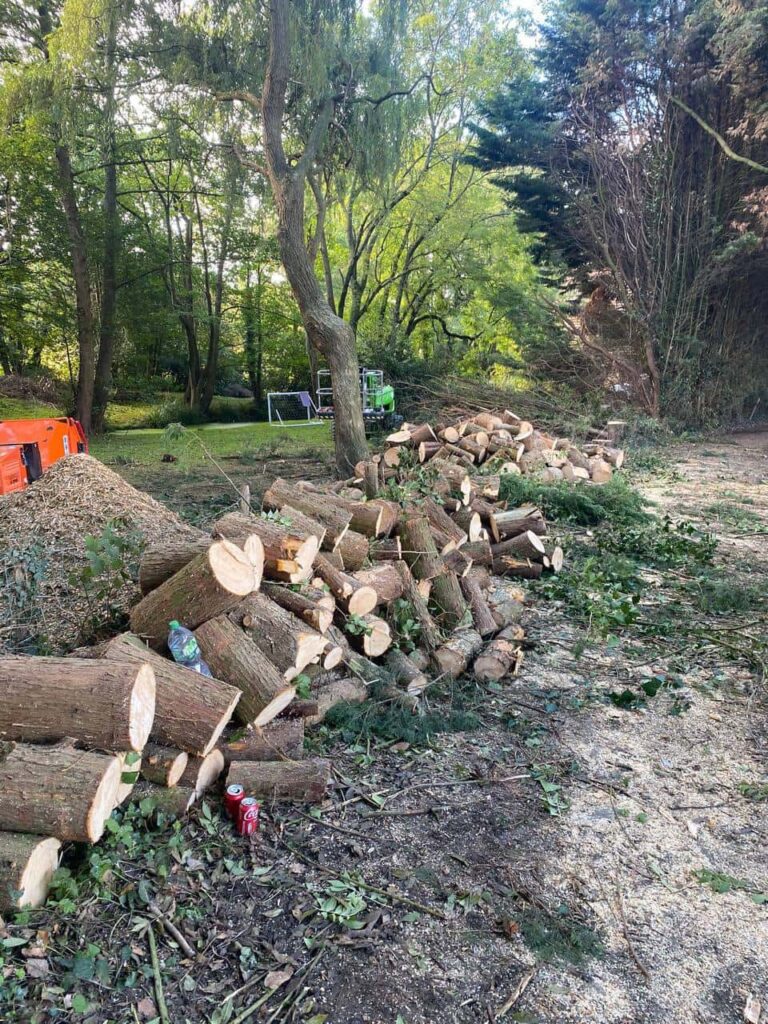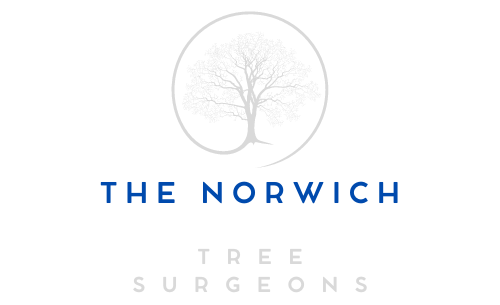How a Professional Tree Surgeon Identifies Structural Weakness
Trees are among the most valuable natural features of any property — providing beauty, shade, and environmental benefits. However, as living organisms, trees are constantly changing and can develop weaknesses over time that compromise their stability. Detecting these issues early is essential to prevent potential hazards such as branch drop or full tree failure.
At The Norwich Tree Surgeons, we specialise in identifying the subtle signs of structural weakness that can put both people and property at risk. Our detailed assessments combine professional knowledge, experience, and modern inspection techniques to ensure trees across Norwich and Norfolk remain safe and healthy.
Understanding Structural Weakness in Trees
What Does “Structural Weakness” Mean?
Structural weakness refers to any defect or imbalance that affects a tree’s ability to support its own weight safely. This can occur naturally as trees age or as a result of damage, disease, or environmental stress.
A tree with structural issues may not show visible signs at first, but over time, these weaknesses can lead to splitting, leaning, or the failure of large limbs — posing a safety concern if left unchecked.
Common Causes of Tree Weakness
- Poor branch attachments – When branches grow too closely together, they create tight, weak unions prone to splitting.
- Decay and rot – Fungal infections can hollow out trunks or branches, reducing structural integrity.
- Storm damage – High winds or heavy rain can weaken the root system or cause cracks in the trunk.
- Improper pruning – Cutting large branches incorrectly can destabilise a tree’s natural balance.
- Root disturbances – Construction or soil compaction near the base of a tree can harm the anchoring system.
Understanding these underlying causes allows a professional tree surgeon to assess both visible and hidden threats to the tree’s strength.
The Step-by-Step Assessment Process
A thorough inspection by The Norwich Tree Surgeons follows a detailed process designed to identify weaknesses accurately and recommend the most effective solutions.
Step 1: Visual Examination
The first stage involves a full visual assessment of the tree’s overall structure. This includes examining the canopy, trunk, and root zone for any irregularities.
Key Visual Indicators:
- Cracks or splits in the bark or branches.
- Leaning or uneven growth patterns.
- Areas of dieback or sparse foliage.
- Mushrooms or fungal growth around the base, signalling internal decay.
- Discoloured or oozing sections of bark.
A trained eye can interpret these subtle cues, determining whether they suggest surface-level damage or deeper internal weakness.
Step 2: Checking the Trunk and Root Flare
The trunk and root flare (the area where the trunk meets the ground) are critical structural points. Our team inspects for swelling, cavities, or cracks that may indicate decay or instability.
Tree surgeons may also use probing tools to gently assess internal resistance, identifying soft or hollow sections that could weaken the tree’s support.
Step 3: Evaluating Branch Attachments
Branch unions are common failure points, especially where two stems grow closely together in a “V” shape. These tight angles can trap moisture and decay, creating weak joints that are prone to splitting under stress.
By assessing the structure and spacing of branches, The Norwich Tree Surgeons determines whether corrective pruning or cabling may be required to reduce risk.
Step 4: Assessing Root Stability
A healthy root system is essential for structural balance. Tree surgeons check for signs of root movement, such as raised soil or gaps at the tree base. Roots that have been severed or compacted can cause gradual leaning or destabilisation, especially in strong winds.
In some cases, aerial root inspection or ground radar tools may be used to detect subsurface damage without disturbing the soil.
How Professionals Detect Hidden Weaknesses
Not all structural problems are visible from the outside. That’s why experienced tree surgeons use advanced diagnostic methods to uncover internal decay or hollowing.
Techniques May Include:
- Sounding tests: Gently tapping the trunk with a mallet to detect hollow sections by sound variation.
- Resistograph testing: Measuring internal wood density to identify soft or decayed areas.
- Climbing inspections: For larger trees, close-up assessments from within the canopy provide a more accurate view of branch integrity.
These methods allow precise evaluation without unnecessary damage to the tree.
Corrective Measures and Ongoing Care
Once weaknesses are identified, tailored solutions are implemented to restore balance and safety.
Common Corrective Approaches
- Targeted pruning: Removing or shortening unstable limbs to reduce strain.
- Cabling and bracing: Installing support systems to strengthen weak unions or heavy limbs.
- Crown thinning: Reducing canopy density to minimise wind resistance and prevent future failure.
- Soil improvement: Enhancing root health through mulching and aeration for stronger anchorage.
Regular maintenance following professional recommendations ensures the long-term stability and safety of your trees.
Why Professional Assessment Matters
Attempting to identify structural issues without the right expertise can be risky. Tree health and stability are influenced by complex biological and environmental factors that only trained specialists can evaluate accurately.
At The Norwich Tree Surgeons, our professional assessments combine expert observation with advanced diagnostic tools, ensuring that potential hazards are identified and addressed before they escalate.
By choosing an experienced tree surgeon in Norwich, you gain:
- Accurate diagnosis of visible and hidden defects.
- Preventative care to extend the life of your trees.
- Professional advice on maintenance and structural support.
- Peace of mind that your property remains safe and attractive.
Conclusion
Structural weakness in trees can develop silently, posing risks to both safety and tree health if left unaddressed. Regular inspections by a qualified tree surgeon ensure early detection and effective management before issues worsen.
The Norwich Tree Surgeons in Norwich, Norfolk, provide expert assessment and care for all types of trees, ensuring they remain stable, healthy, and well-maintained. Through professional evaluation and tailored solutions, your trees can continue to thrive safely and beautifully for years to come.
Call us on: 01603 361 093
Click here to find out more about The Norwich Tree Surgeons
Click here to complete our contact form and see how we can help with your trees needs.

